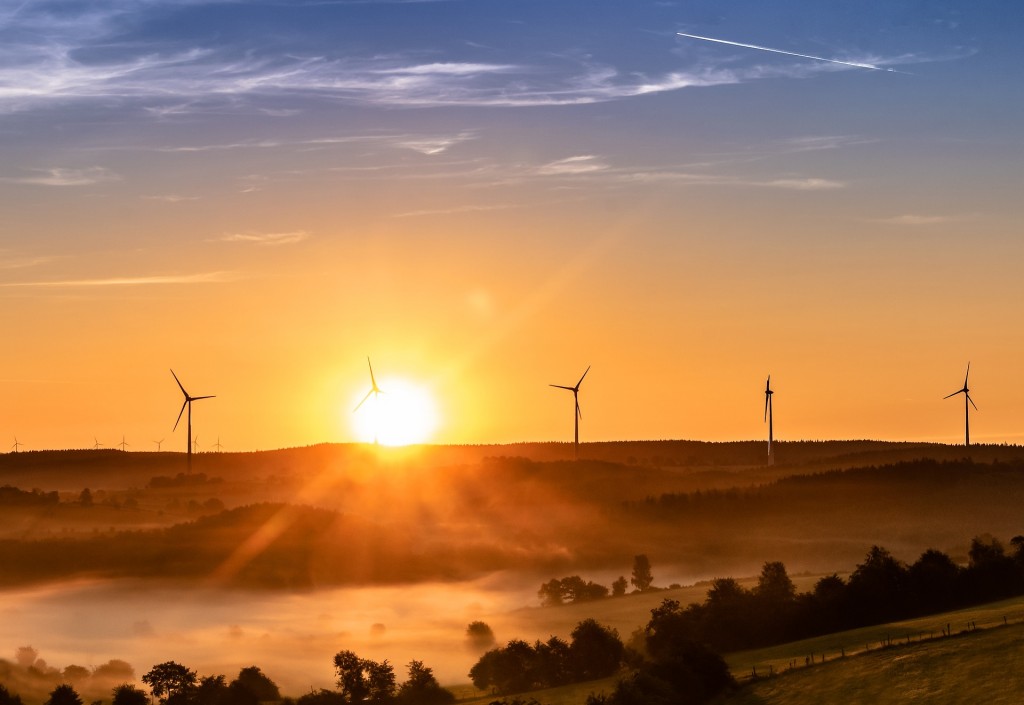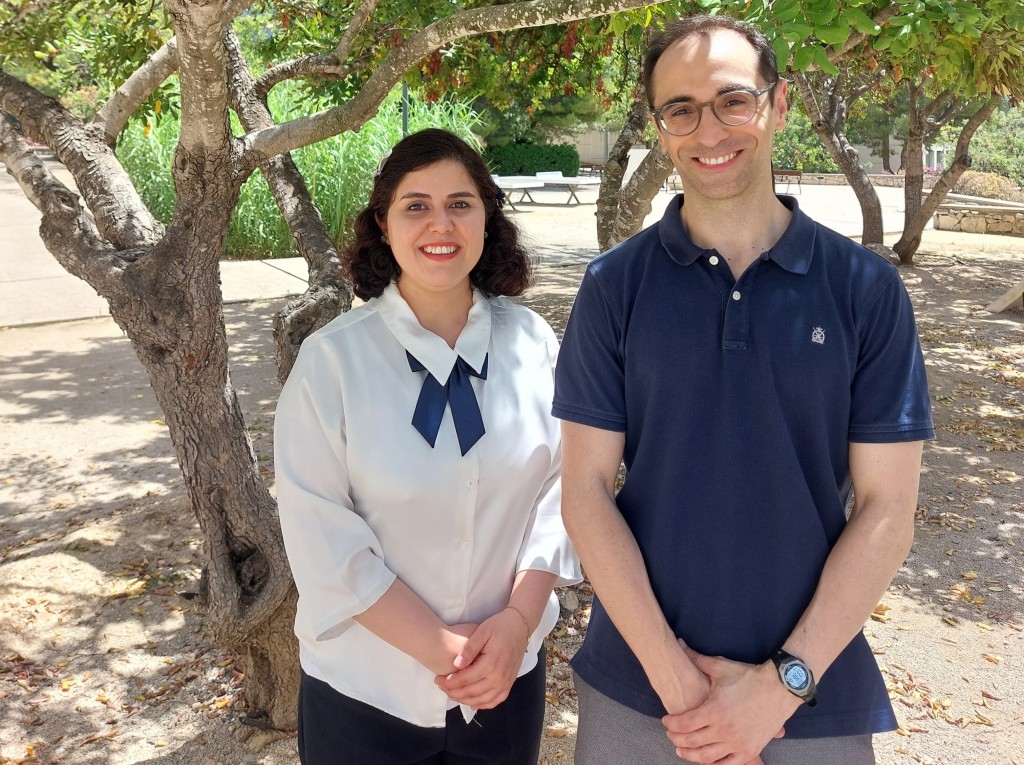05/08/2024
Current forecasts of the amount of renewable energy that can be generated are too optimistic, according to a new study
A research team led by Universitat Rovira i Virgili warns that material limitations could mean that the development of clean energy technologies at the rate required to achieve the Paris climate goals is unfeasible.

A research team led by Universitat Rovira i Virgili warns that material limitations could mean that the development of clean energy technologies at the rate required to achieve the Paris climate goals is unfeasible.
Holding the increase in the average global temperature to less than 2ºC above pre-industrial levels and limiting this increase to 1.5ºC is the challenge that 190 countries signed in the Paris Agreement for the year 2050. To make this possible, each state must present national plans to reduce greenhouse gas emissions and ensure that they are updated every five years.
These plans are based on the results of the so-called “integrated assessment models”. These mathematical models make it possible to simulate possible future scenarios and their consequences due to climate change. According to these models, the scenarios compatible with the objectives set in Paris all require a substantial increase in the implementation of clean energy technologies. Now, a study led by the Universitat Rovira i Virgili and Imperial College London has called into question the possibility of reaching the current aims in terms of renewable energies.
The research team claims that current integrated assessment models do not take into account the amount of material needed to manufacture some of the essential technologies for the energy transition, such as batteries, wind turbines or solar panels. According to this research, this means that the forecasts of these models are too “optimistic” considering everything that the development of these technologies entails. And they give an example: achieving these forecasts requires a 571- and 531-fold increase in the demand for selenium and gallium, respectively, in the next 30 years, something that the research team believes to be unfeasible. Reaching this level of production would mean considerably increasing the activity of mining operations and the efficiency of extraction technologies, a reality that is highly unlikely given the point of departure.
The importance of critical materials
According to the research team, the importance of these critical materials will limit the development of clean energy technologies in the coming years. They base this opinion on the results of their study published in the scientific journal Energy and Environmental Science, in which they analysed 36 different materials and found that the demand for many of them would far exceed current production before 2050. This includes elements such as tellurium, indium or cobalt, the demand for which would grow 49, 17 and 6 times, respectively.
To address these limitations of integrated assessment models, the research team proposes incorporating equations that account for the availability of materials and greater technological diversity. This would make forecasts more realistic and useful for making political decisions.
The research also envisages increasing the capacity to recycle materials and reduce the dependence on raw materials, and allocating resources to the research and development of technologies that use less critical materials or more accessible alternatives.

Implications for climate policies
The results of this study question the current paradigm, and therefore have significant implications for climate change mitigation policies. For example, material limitations could cause considerable deviations from the goals of the Paris Agreement, which would be somewhere in the range of 0.06–0.95 °C additional warming. “This highlights the urgent need for policies that seek to improve material supply chains and promote research on technologies that are less dependent on critical materials”, says Carlos Pozo, a researcher in the URV’s Department of Chemical Engineering, who has taken part in the study alongside Fatemeh Rostami and Laureano Jiménez, from the same department.
In this regard, the results of the study serve as a call to reconsider current forecasts and to adopt an integrated approach that combines increased production, improved recycling, research technology, the diversification of supply sources and international collaboration to meet the demand for materials in time to ensure a more sustainable and realistic energy transition.
Referència bibliogràfica: Rostami, Fatemeh; Patrizio, Piera; Jiménez, Laureano; Pozo, Carlos; Mac Dowell, Niall; 2024. Assessing the realism of clean energy projections. Energy & Environmental Science. The Royal Society of Chemistry. DOI: 10.1039/D4EE00747F
